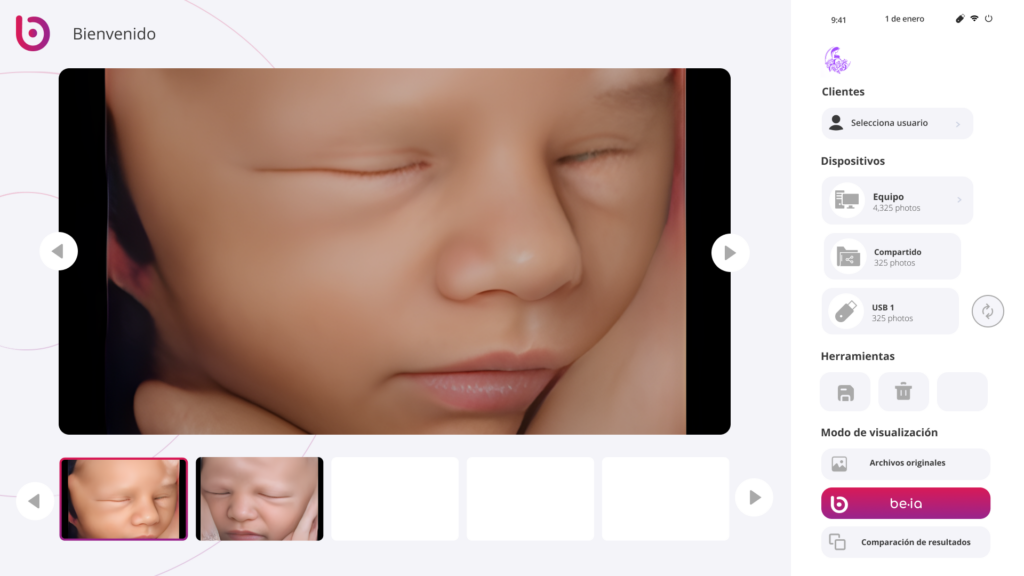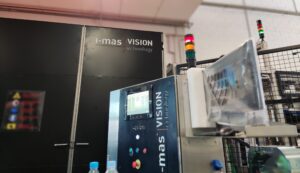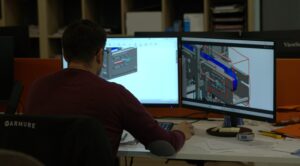Artificial Intelligence (AI) is revolutionising the world of product design, and the interesting thing is that it is not just advanced technology, it is a tool that, when used well, can enhance creativity, make processes more efficient and improve the user experience.
In this article, we explore how AI is transforming product design and development. Keep reading!
AI and Creativity in Product Design. More ideas, less blockages.
One of the biggest challenges in product design is to constantly generate fresh ideas. This is where AI can become a designer’s best ally, helping to explore multiple options and creative directions quickly. With AI-based tools, designers can experiment with variations of a product, generate new shapes or even predict which market trends are likely to be most successful.
It’s not about AI ‘doing the work for you’, but about giving you a boost when you face a creative block or need to explore new directions. In addition, AI also helps you personalise products, allowing designs to be better tailored to your customers’ tastes.
AI and Prototyping. Saving time and resources
Prototyping is a fundamental step, but it is often time-consuming and resource-intensive. Thanks to AI, it is now possible to simulate the behaviour of a design before building a physical prototype. This not only reduces development time, but also minimises errors, as AI makes it possible to analyse and optimise the design from the earliest stages.
In addition, the combination of AI and additive manufacturing (such as 3D printing) allows designs to be optimised to use less material without compromising quality, which is ideal for creating prototypes faster and more sustainably.
Integrating AI into Product Design
At i-mas, we have integrated artificial intelligence into our product design and development processes, enabling the creative and technical team to work more agile and efficiently. Here are some examples of how AI helps us:
- Automation of technical tasks: AI takes care of more repetitive and technical aspects of design, such as calculations or automatic adjustments, leaving more time for designers to focus on creativity.
- Real-time product optimisation: AI allows us to run simulations to fine-tune designs on the fly, before creating a physical prototype.
- Improved user experience: We use AI to create products that are better adapted to users’ needs and expectations by analysing data and trends on an ongoing basis.
Case Study: be-ia, Emotional Ultrasound with AI
A great example of how we have applied AI in a product design and development project is be-ia, a device that combines high quality design with innovative technology, which has been awarded a GOLD Delta in the ADI_FAD 2024 Awards in the Digital Devices category.
Thanks to innovation and artificial intelligence, we achieve hyper-realistic images of babies in gestation, providing a definitive solution that leaves no one indifferent. Without the need for post-production, be-ia is the only system on the market capable of processing 3D, 4D or 5D baby images from any ultrasound scanner in milliseconds.
This project is a clear demonstration of how industrial design and AI can work together to create products that generate a positive emotional impact on users.

i-mas, your Product Design Company
At i-mas, we know that integrating AI into our projects is helping us to create products that are more personalised, efficient and, above all, more emotionally connected to those who use them. It’s not just about technology, but about how it can bring real value to people.
Another thing that is clear to us is that AI is not a substitute for design, it is a powerful tool that, when used well, can make products much more innovative and useful.
Are you ready to explore what AI can do for your next project? Contact us and tell us about your project!



